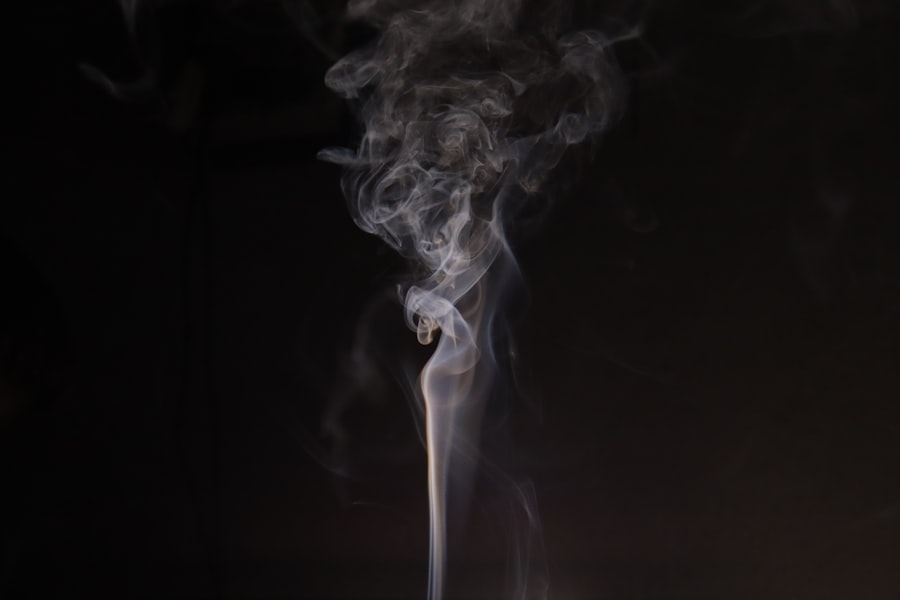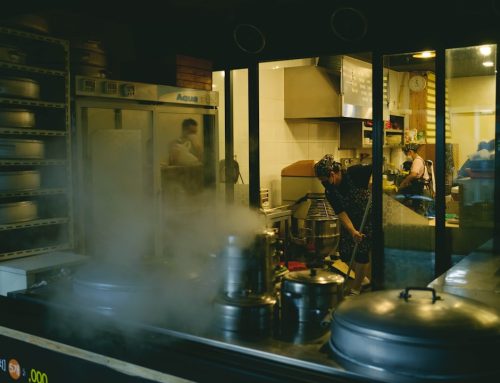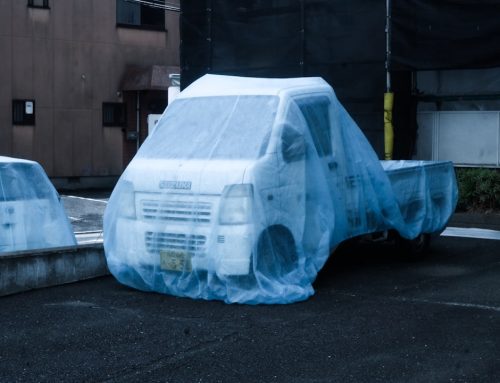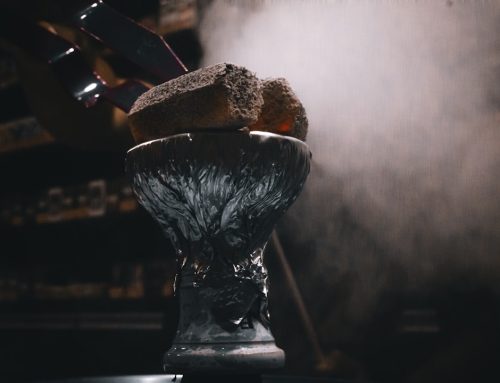Getting Rid of Smoke Residue in Upholstery: How Steam Works
Smoke residue in upholstery is a common issue that many individuals face, particularly those who are regular smokers or who have been exposed to smoke from fires. This residue is not merely an unsightly stain; it consists of a complex mixture of tar, nicotine, and other harmful chemicals that can cling to fabric surfaces. Over time, these substances can lead to persistent odours and discolouration, making the upholstery appear aged and unkempt.
The presence of smoke residue can also pose health risks, as the particles can become airborne and be inhaled, potentially aggravating respiratory conditions. Moreover, smoke residue can be particularly challenging to remove due to its oily nature. Traditional cleaning methods often fall short, leaving behind lingering smells and stains.
This is especially true for porous materials like upholstery, which can absorb smoke particles deeply into their fibres. As a result, many individuals find themselves frustrated with ineffective cleaning attempts, leading to a cycle of dissatisfaction and the potential need for costly replacements. Understanding the nature of smoke residue is crucial for developing effective cleaning strategies that can restore upholstery to its original condition.
Summary
- Smoke residue in upholstery can be stubborn and difficult to remove, but using steam can be an effective solution.
- The benefits of using steam to remove smoke residue include its ability to penetrate deep into the upholstery and lift the residue without causing damage.
- Steam penetrates upholstery by using high temperatures and pressure to break down and lift the smoke residue from the fabric fibers.
- To safely and effectively use steam on upholstery, it’s important to test a small, inconspicuous area first and to use the appropriate attachments and settings on the steam cleaner.
- Precautions to take when using steam on upholstery include avoiding over-saturation, using proper ventilation, and allowing the upholstery to fully dry before use.
The Benefits of Using Steam to Remove Smoke Residue
Steam cleaning has emerged as a highly effective method for tackling smoke residue in upholstery. One of the primary benefits of using steam is its ability to penetrate deep into fabric fibres, effectively loosening and lifting stubborn residues that traditional cleaning methods often miss. The high temperature of steam not only helps to dissolve the oily components of smoke but also sanitises the surface, killing bacteria and allergens that may be present.
This dual action makes steam cleaning an excellent choice for those looking to achieve a thorough clean while also improving indoor air quality. Another significant advantage of steam cleaning is its eco-friendliness. Unlike many chemical cleaners that can leave behind harmful residues or contribute to environmental pollution, steam cleaning relies solely on water.
This makes it a safe option for households with children or pets, as there are no harsh chemicals involved. Additionally, steam cleaning is efficient in terms of water usage; it requires far less water than traditional methods, which is not only better for the environment but also allows for quicker drying times. This means that upholstery can be used again sooner, minimising disruption in homes or businesses.
How Steam Penetrates Upholstery to Remove Smoke Residue

The effectiveness of steam cleaning lies in its unique ability to penetrate upholstery materials at a microscopic level. When steam is applied, it expands and fills the pores of the fabric, reaching deep into the fibres where smoke residue may be lodged. The heat generated by the steam causes the oils and tars from smoke to break down, making them easier to lift away.
This process is particularly beneficial for upholstery made from synthetic fibres, which can often trap smoke particles more effectively than natural materials. Furthermore, steam cleaning does not merely mask the odour associated with smoke; it eliminates it at the source. As the steam penetrates the fabric, it helps to dislodge not only the visible residue but also the underlying particles that contribute to persistent smells.
This thorough approach ensures that upholstery is left not only looking clean but also smelling fresh. The combination of heat and moisture creates an environment that is hostile to bacteria and mould, further enhancing the cleanliness and hygiene of the upholstery.
Steps to Safely and Effectively Use Steam on Upholstery
To achieve optimal results when using steam on upholstery, it is essential to follow a series of steps that ensure both safety and effectiveness. First and foremost, it is crucial to prepare the area by removing any loose debris or dirt from the upholstery. This can be done using a vacuum cleaner with an upholstery attachment, which will help to eliminate surface dust and particles before steam cleaning begins.
Once the area is prepped, it is advisable to test a small, inconspicuous section of the upholstery with the steam cleaner to ensure that the fabric can withstand the heat without damage. When using the steam cleaner, maintain a consistent distance from the upholstery surface—typically around six inches—to prevent any potential scorching or water damage. Move the steam nozzle slowly across the fabric, allowing the steam to penetrate adequately while avoiding over-saturation.
After steaming an area, it is beneficial to use a clean cloth or towel to blot away any loosened residue. This step helps to lift away dirt and smoke particles effectively while ensuring that they do not settle back into the fabric.
Precautions to Take When Using Steam on Upholstery
While steam cleaning is generally safe for most upholstery types, certain precautions should be taken to avoid damage or adverse effects. One of the primary concerns is ensuring that the upholstery material is compatible with steam cleaning. Fabrics such as silk or certain types of leather may be sensitive to heat and moisture, so it is essential to consult care labels or manufacturer guidelines before proceeding.
If in doubt, conducting a patch test on a hidden area can help determine whether steam cleaning is appropriate. Additionally, it is vital to monitor the temperature settings on your steam cleaner. Using excessively high temperatures can lead to scorching or discolouration of fabrics.
It is advisable to start with lower settings and gradually increase if necessary while observing how the material reacts. Furthermore, ensure that you are working in a well-ventilated area; this will help dissipate any residual moisture and prevent mould growth after cleaning.
Additional Tips for Removing Smoke Residue from Upholstery

In addition to steam cleaning, there are several supplementary methods that can enhance the removal of smoke residue from upholstery. One effective approach is to use a mixture of white vinegar and water as a pre-treatment solution. Vinegar is known for its deodorising properties and can help neutralise smoke odours before steam cleaning begins.
Simply mix equal parts vinegar and water in a spray bottle and lightly mist the affected areas before steaming. Another useful tip involves using baking soda as an absorbent agent. After steaming and blotting away residue, sprinkle baking soda over the upholstery and let it sit for several hours or overnight.
Baking soda will absorb any lingering odours and moisture, leaving your upholstery smelling fresh. Vacuuming up the baking soda afterward will complete the cleaning process and ensure that no residue remains.
When to Seek Professional Help for Smoke Residue Removal
While many individuals may successfully remove smoke residue from their upholstery using steam cleaning techniques at home, there are instances when professional assistance may be warranted. If the smoke damage is extensive or if you are dealing with high-value upholstery items such as antique furniture or designer pieces, enlisting the help of professionals can ensure that the cleaning process is handled with care and expertise. Additionally, if you find that persistent odours remain even after thorough cleaning attempts, it may indicate deeper issues within the upholstery or underlying materials.
Professionals have access to advanced equipment and specialised products that can address these challenges more effectively than standard home methods. Seeking professional help can save time and effort while providing peace of mind that your upholstery will be restored properly.
Maintaining Smoke-Free Upholstery with Regular Steam Cleaning
To keep upholstery looking fresh and free from smoke residue in the long term, regular maintenance through steam cleaning is essential. Establishing a routine cleaning schedule—perhaps every six months or as needed—can help prevent build-up and ensure that any potential odours are addressed promptly. Regular steam cleaning not only removes existing residues but also acts as a preventative measure against future accumulation.
In addition to scheduled cleanings, adopting good habits such as avoiding smoking indoors or using air purifiers can significantly reduce smoke exposure in your living spaces. By combining these practices with regular steam cleaning, you can maintain a healthier environment while prolonging the life of your upholstery. In conclusion, understanding how smoke residue affects upholstery and employing effective methods such as steam cleaning can lead to significant improvements in both appearance and hygiene.
By following best practices and taking necessary precautions, individuals can successfully tackle this common issue while enjoying cleaner, fresher living spaces.
FAQs
What is smoke residue and how does it affect upholstery?
Smoke residue is the leftover particles and odours that settle on surfaces after a fire or from smoking indoors. It can discolour and stain upholstery, leaving behind a strong, unpleasant smell.
How does steam cleaning work to remove smoke residue from upholstery?
Steam cleaning uses high-temperature steam to break down and lift away smoke residue from upholstery fibres. The heat and moisture help to loosen and dissolve the particles, making them easier to remove.
Is steam cleaning safe for all types of upholstery fabric?
Steam cleaning is generally safe for most types of upholstery fabric, including cotton, polyester, and microfiber. However, it’s important to check the manufacturer’s recommendations and test a small, inconspicuous area before proceeding with steam cleaning.
Can steam cleaning completely eliminate smoke odours from upholstery?
Steam cleaning can effectively remove a significant amount of smoke odours from upholstery, but it may not completely eliminate all traces of the smell. In some cases, additional treatments or professional odour removal services may be necessary.
Are there any precautions to take when using steam to clean upholstery?
When using steam to clean upholstery, it’s important to follow the manufacturer’s instructions for the steam cleaner and to avoid over-saturating the fabric. It’s also advisable to ventilate the area well during and after steam cleaning to help remove any lingering odours.
Subscribe to the newsletter
Subscribe to us for tips, events and promotions.






